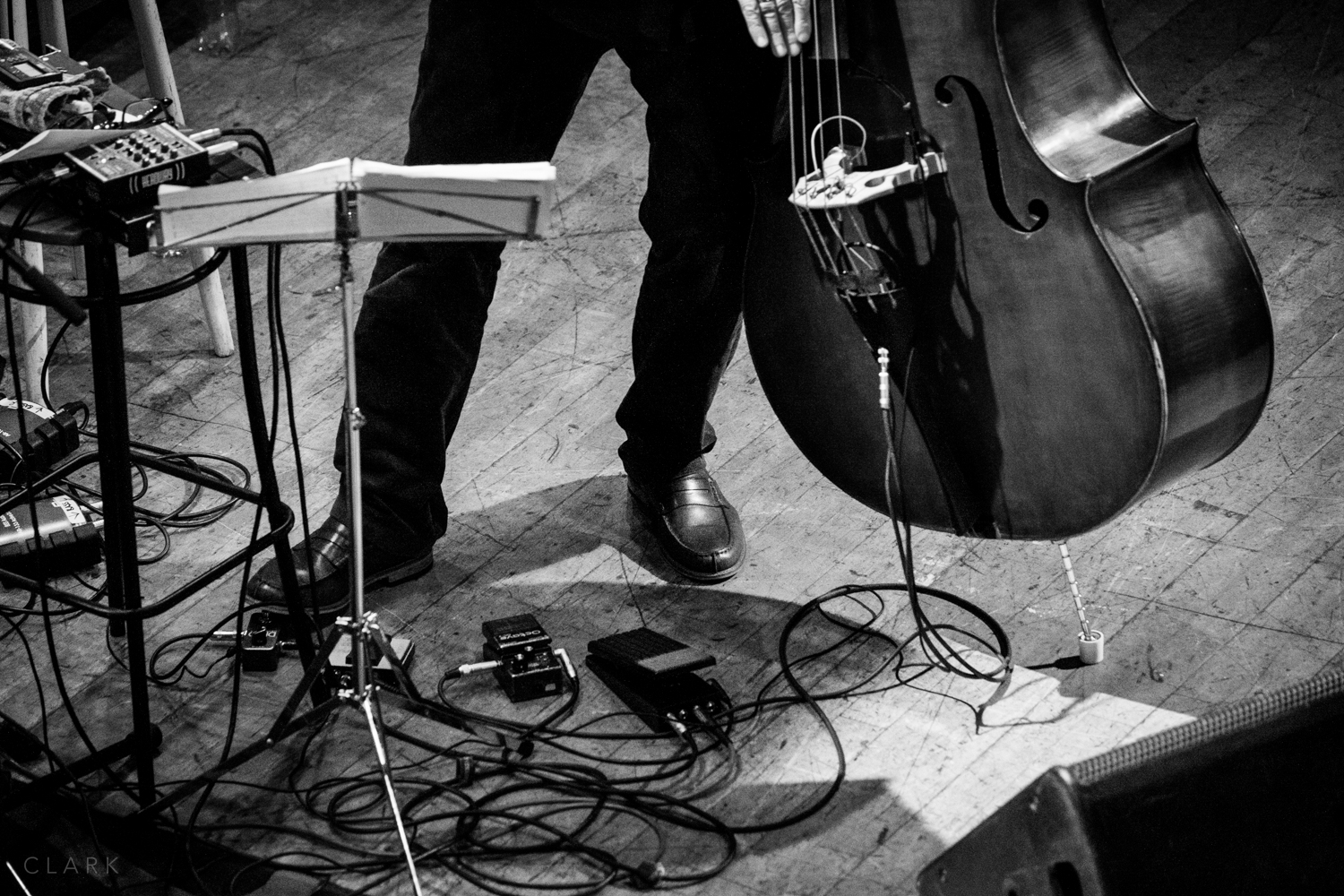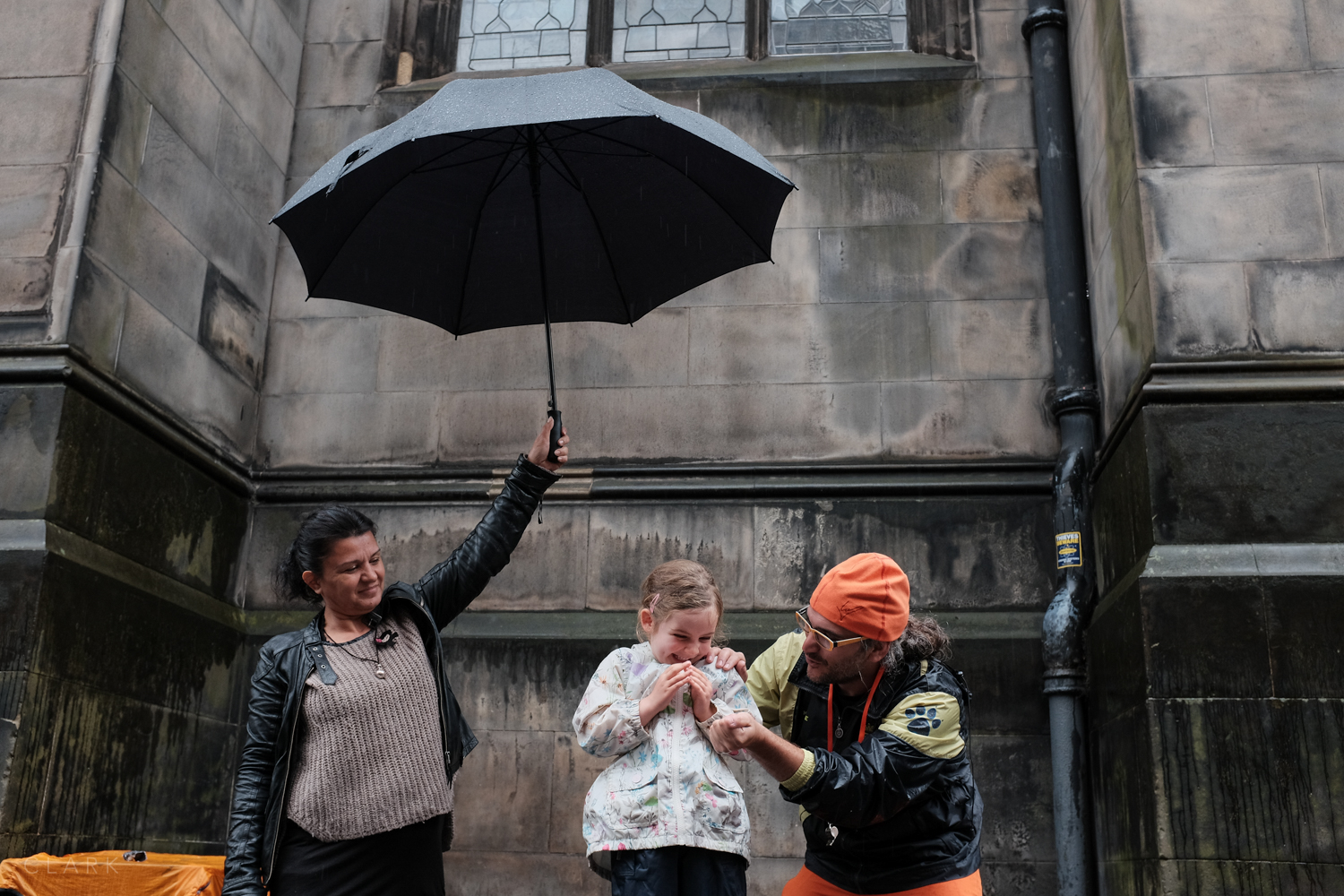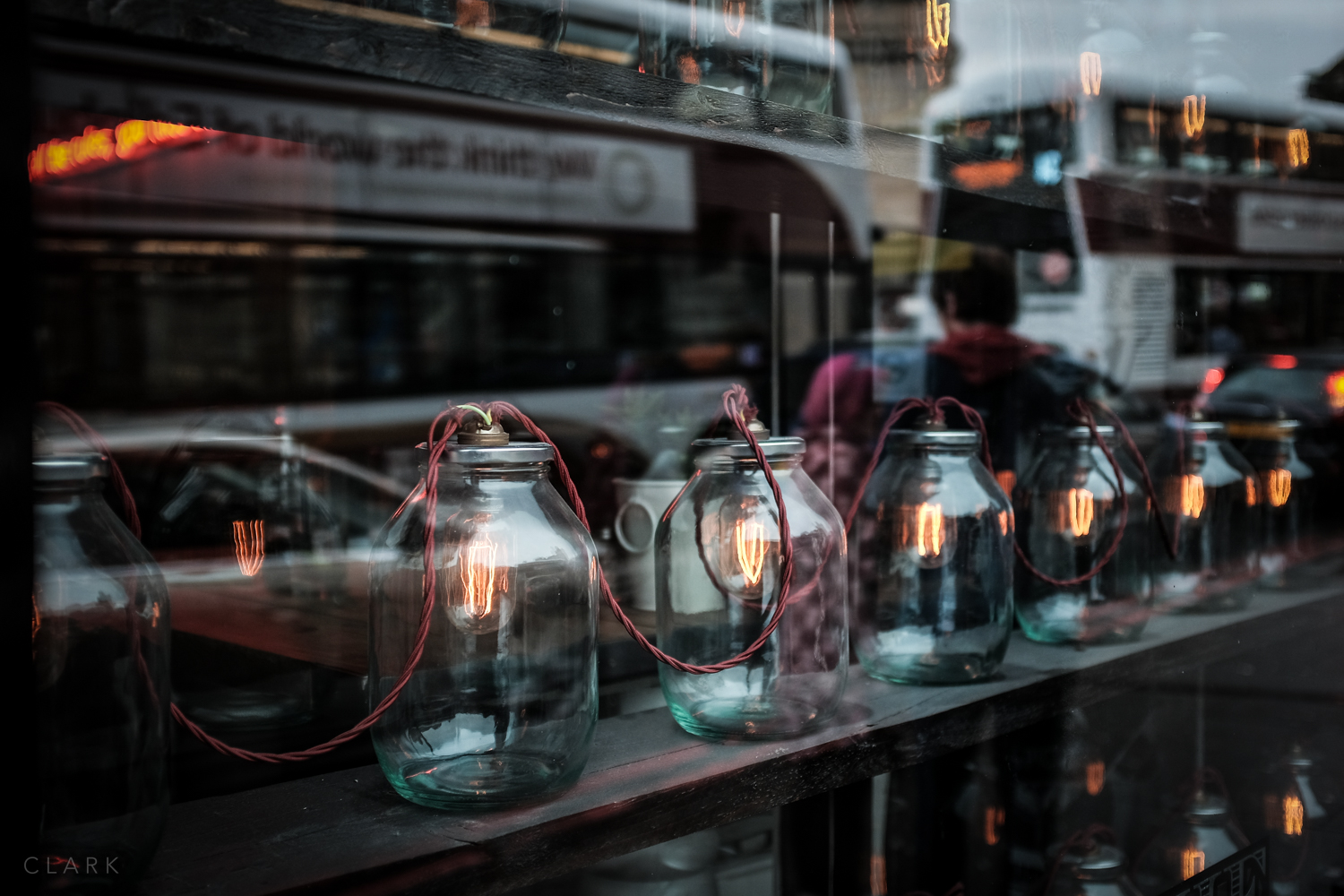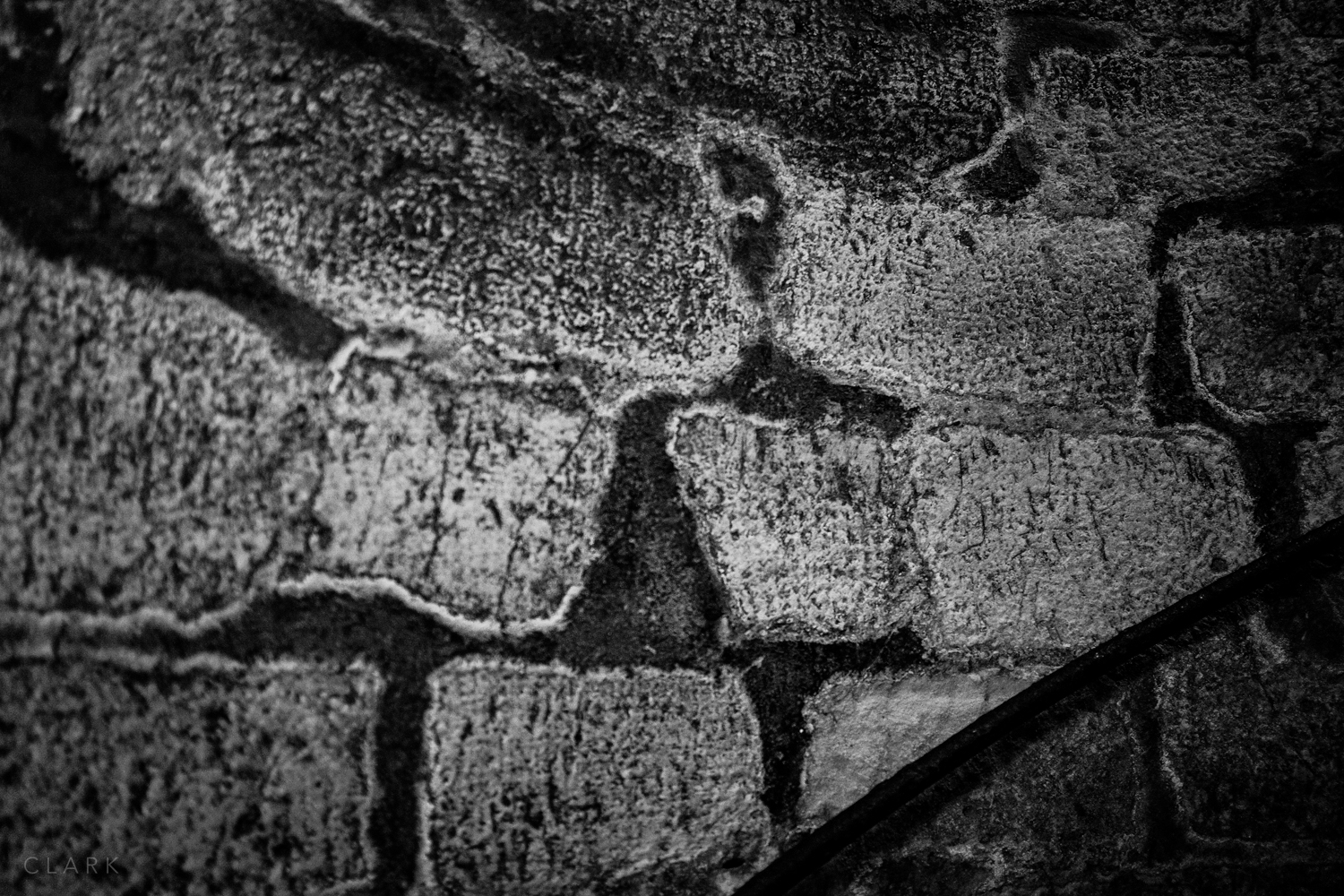Last week I had the pleasure of photographing The Arild Andersen Trio during the Scottish leg of their current tour. The Trio consists of Norwegian bassist and composer Arild Andersen, Scottish tenor saxophonist Tommy Smith and Italian drummer Paolo Vinaccia. Although Paolo is Italian, he has actually lived in Norway for the last couple of decades. I photographed a gig at The Queen's Hall in Edinburgh and then again a few nights later when they played a private gig for a the music students at The Royal Conservatoire of Scotland which is located in Glasgow, where Tommy is Head of Jazz. The picture at the top of this post was shot with my trusty Fuji X100T using the daylight balanced florescent lighting on the ceiling of the room. The picture has a slight crop to straighten it up a little, but other than that it's straight out of camera. All other pictures were taken with a couple of X-T1's.
If you haven't seen or heard this trio and you like jazz, I would highly recommend you do so as soon as possible. With beautiful compositions and double bass from Arid, not only that, his use of effects and loops help expand the normal constraints of a trio. Paolo's drumming and percussion is unique and he can take the band from a whisper to a full out onslaught and then back again. He can produce sounds from a cymbal that I have never heard from any drummer and on top of that he's a really nice guy that knows his cameras. Last, but definitely not least is Scotland's jazz legend Tommy Smith, fresh from receiving The Houses of Parliament jazz award for teaching. Tommy is a world class saxophonist and composer who has created a thriving jazz scene in Scotland and is largely responsible for the talented crop of young jazz musicians coming up today.
I've also been shooting some pictures for Tommy's next CD with the BBC Scottish Symphony Orchestra. More about that coming up in the next couple of months.
GIG AT THE QUEENS HALL IN EDINBURGH (Above)
PRIVATE GIG FOR THE MUSIC STUDENTS AT THE RCS GLASGOW (Above)




































